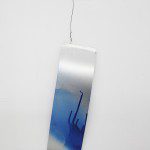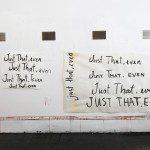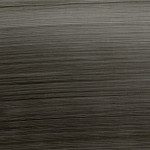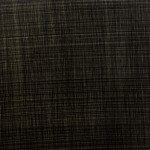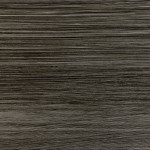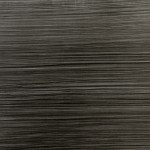Jinny Yu: Confession by / just that, even
Two parallel exhibitions
Jinny Yu: On the “Thingness” of Painting
Text by Robin Alex McDonald
Yu’s assertion that “(p)ainting is a thing” as stated in an interview with colleague Penny Cousineau-Levine, offers a unique entrance point into the artist’s recent works. Drawing from Bill Brown’s seminal essay on thing theory, I interpret Yu’s stance on painting as a “thing” to extend beyond the recognition of the medium’s heightened emphasis on materiality, or of the tactility and sensuousness of paint itself. Rather, Yu’s notion of the “thingness” of painting speaks to the peculiarity of the relationship that painting draws out of its viewing-subject; the demanding way in which painting confronts audiences, asserting itself as both image and object at once.
Brown’s assertion that the thing is felt most powerfully when it fails to function — “when the drill breaks, when the car stalls” — is supported by Yu’s 2013 work, I am Painting. An opening up of the gallery wall to expose the wood paneling beneath, I am Painting jars popular expectations of painting at the same time that it obstinately insists on being one. Read alongside Yu’s work Non-Painting Painting, I am Painting elucidates Yu’s central objective to explore painting’s inherent spatial potentialities. Transcending the traditional limit of painting by refusing to see the frame as a confine, Yu considers how painting occupies a spatiality that reaches beyond the picture plane. As its title hints, in Non-Painting Painting (as in Yu’s recent practice at large), painting exists between mediums – between sculpture and ‘not-sculpture’, installation and ‘not-installation’ – but also between spaces. Using reflective aluminum surfaces, Yu transforms both the viewer and the gallery space into media to be manipulated and included in her works, often muddied by translucent strokes of black oil paint.
Yu’s practice is a cacophonous one; not because the works themselves are especially polyvocal, but because they exist in ongoing dialogue with the various philosophical debates that painting (and Modernist painting, in particular) has initiated or participated in over recent decades, even centuries. In many ways, Yu’s framework is markedly historiographical; with nods to artists like Richard Serra and Kazimir Malevich, Yu engages playfully with past ideas, cataloguing their residual influences through her own production, and showing the work that both painting and abstraction have still to do.
1. Jinny Yu, Interview by Penny Cousineau, “Colours of Canada,” (exhibition catalogue), 2013.
2. Bill Brown, “Thing Theory,” Critical Inquiry, Vol. 28, No. 1: (Autumn, 2001).
3. Ibid, 4.


